Lights flicker on every balcony, sweets are being prepared in every kitchen and streets are thronged with people buying gifts and fireworks. Yes, Diwalis here. A time that brings families together, whether
it is for prayers, small get-togethers or just enjoying the festive spirit.
Even though it is celebrated in many countries, Diwali isn’t the same everywhere. Different regions have their own stories, rituals and ways of celebrating. What stays common, though, is the feeling of light winning over darkness and the joy of spending time with family and friends.
View this post on Instagram
North India: Welcoming Lord Rama
In most of North India, Diwali is celebrated to honour Lord Rama’s return to Ayodhya after 14 years in exile and defeating Ravana. Preparations for the festival start much earlier as homes are thoroughly cleaned and decorated. On the day, people dress in their best and enjoy festivities by performing pujas and adorning homes with rows of diyas while streets twinkle with colourful lamps. People exchange sweets, gifts and blessings. Fireworks fill the night sky, and families gather to enjoy the festive spirit together.
View this post on Instagram
South India: Krishna’s Victory Over Narakasura
Diwali in South India celebrates Lord Krishna’s victory over the demon Narakasura, a story that signifies the triumph of good over evil. The day often begins with an early morning oil bath that is believed to cleanse the body and mind. Homes are decorated with lamps and colourful kolams (rangolis) are drawn at the entrance to welcome positivity. Families prepare and enjoy traditional sweets with friends and relatives.
View this post on Instagram
Western India: New Beginnings With Mata Lakshmi Blessings
In Gujarat and Maharashtra, Lakshmi Puja is performed during Diwali to herald wealth, prosperity and new beginnings. Many business communities start the new financial year on this day, open fresh accounts and perform rituals to seek success in the year ahead. The festival also has a mythological significance. It marks the day Lord Vishnu sent the demon king Bali to the netherworld.
Jain And Sikh Traditions
The Jain community celebrates Diwali as the day when Lord Mahavira’s attainment of nirvana. Temples are brightly lit and devotees meditate and offer prayers. On the other hand, Sikhs celebrate the sixth of ten Gurus of the Sikh religion, Guru Hargobind’s release from imprisonment. They visit Gurdwaras for prayers and community meals.
View this post on Instagram
Nepal: Tihar – Five Days of Celebration
Tihar, the Nepalese version of Diwali that spans five days where each one is marked with unique rituals. Crows are honoured as messengers on the first day and dogs are celebrated for loyalty on the second. The third day focuses on cows and Goddess Lakshmi for prosperity while the fourth day reveres oxen and the mountain Govardhan. The festival concludes with Bhai Tika where sisters perform rituals for their brothers’ long life.
Sri Lanka: Diwali In Tamil Communities
Tamil Hindus in Jaffna, Trincomalee and Batticaloa celebrate Diwali with temple visits, lamp-lighting and family gatherings. Devotees flock to famous temples like Nallur Kandaswamy and Koneswaram to perform poojas. Though the festival connects to the Ramayana story, local practices focus on the symbolic victory of light over darkness.
Thailand: Diwali Like Lam Kriyongh Fesitival
Thai Indians and locals celebrate Diwali as Lam Kriyongh by floating small lamps on water, honouring water deities and inviting positive energy. Cities like Bangkok, especially Phahurat or Little India, host cultural parades and temple rituals.
Shared Symbolism Across Regions
From India to Nepal, Sri Lanka, Thailand and Indonesia, Diwali celebrates the triumph of light over darkness, gratitude and community. Each region brings its unique customs, stories and rituals, yet the festival continues to unite people through joy and devotion.
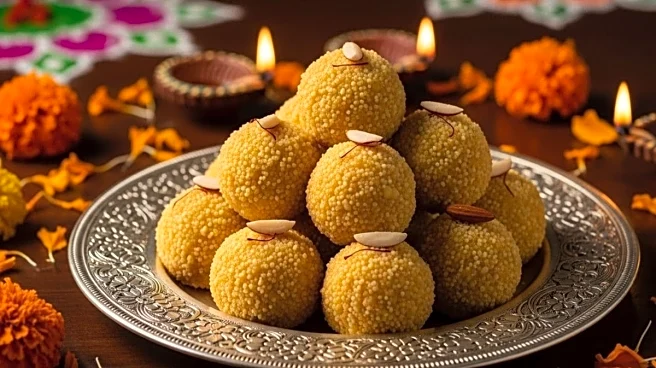

/images/ppid_a911dc6a-image-176085282644631883.webp)

/images/ppid_a911dc6a-image-176088647324119199.webp)
/images/ppid_a911dc6a-image-176093847267910113.webp)
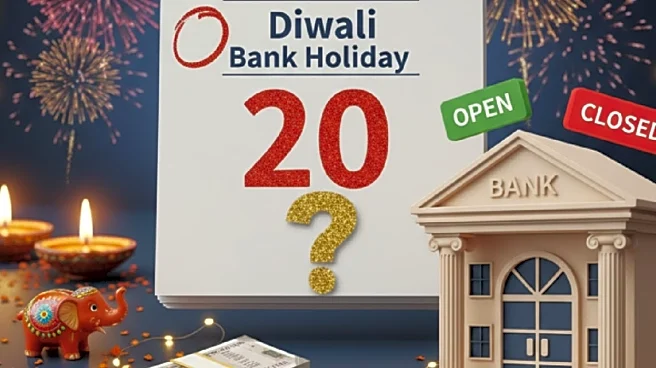
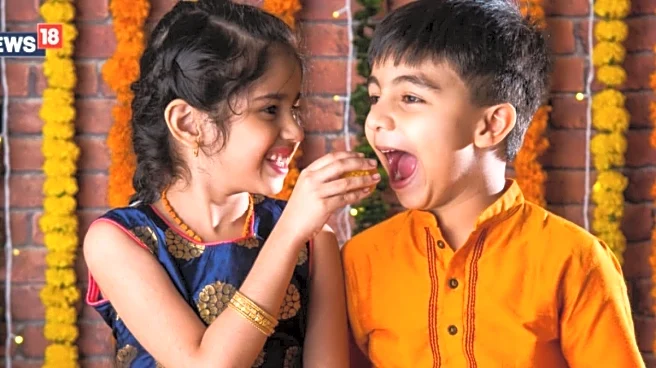
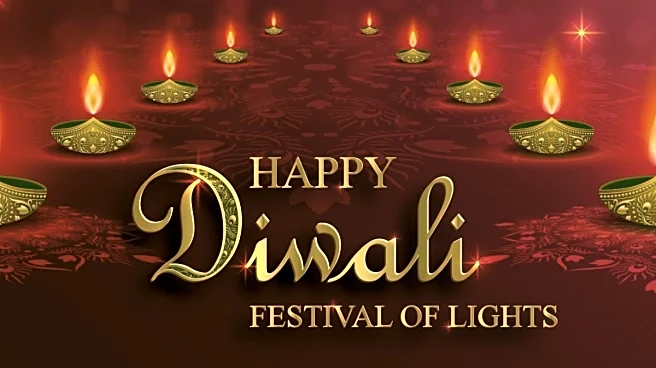
/images/ppid_a911dc6a-image-176084485896567373.webp)
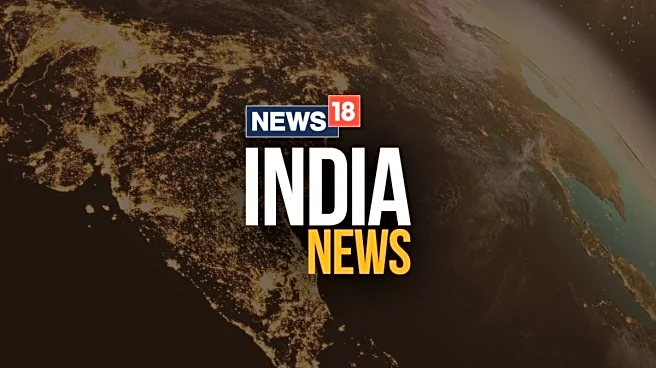
/images/ppid_a911dc6a-image-176083043124085559.webp)
